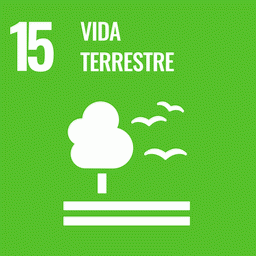Tropical forests are providers of relevant ecosystem services at different spatial scales, but they have been under intense human pressure in recent decades, primarily because of their conversion into agricultural or pasture lands. Colonization projects have been a significant driver of deforestation in the Brazilian Amazon since the 1970s. Such projects are mostly agricultural settlements that were established following specific spatial designs that affected land distribution, social connections, access to natural resource and infrastructure, and the mitigation of environmental disturbances. We analyzed spatiotemporal deforestation datasets from settlement projects planned and implemented using three spatial designs (fishbone, dendritic, and spontaneous) to assess the effects on deforestation and landscape fragmentation in the state of Rondônia, in the Brazilian Amazon. We applied landscape metrics to estimate the different impacts on landscape between 1985 and 2015. Our results indicate that approximately 50% of the primary forests, mostly tropical forests, were converted to other types of land uses during the study period. We observed that while the fishbone design allowed the connection of forest patches along an East-West axis, it showed an opposite effect on the North-South one. In contrast, the dendritic design proved to be more efficient in protecting primary forests by causing lesser landscape fragmentation and conserving larger forest patches. However, the landscape impacts by different settlement spatial designs showed similar fragmentation trajectories and deforestation rates overtime. Based on our results, we have concluded that the combination of settlement designs, presence of protected areas, and local community participation have helped prevent forest fragmentation and deforestation in the study region. Our analysis suggests that settlement designs alone are not sufficient to curb deforestation and forest fragmentation in the Brazilian Amazon. As a result, we indicate that controlling both processes will require the enforcement of public and environmental policies integrated with land occupation planning and strategies to support sustainable agricultural systems.
Entrevista sobre o Acordo UE-Mercosul com Kátia Penha (CONAQ – Coordenação Nacional de Articulação de Quilombos)
Transcrição completa da entrevista com Kátia Penha, membro da CONAQ (Coordenação Nacional de Articulação de Quilombos), sobre o Acordo de Livre Comércio entre a União Europeia e o Mercosul.

